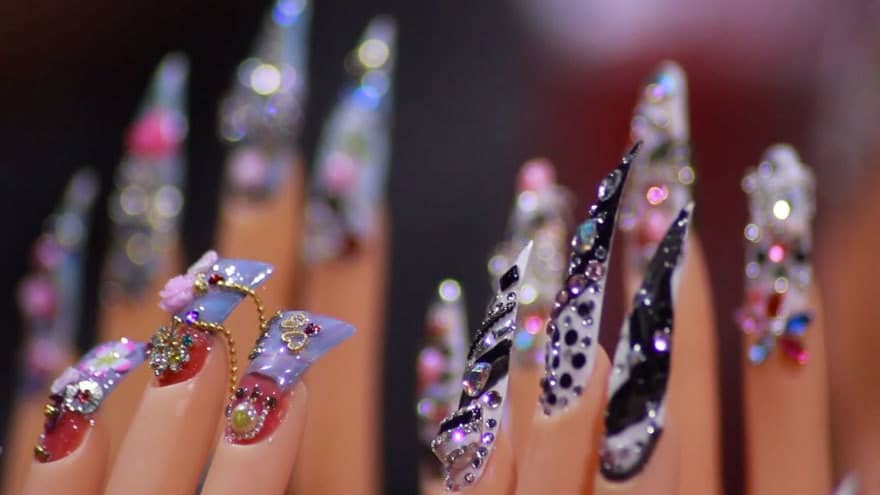Throughout the United States, around 50% of nail salon owners are Vietnamese. In places of high Asian representation, like California, that number shoots up to around 80%. This may not come as a surprise; unfortunately, the high percentage of Vietnamese immigrants in nail salons has led to stereotypical depictions and prejudices of Vietnamese as uneducated and a narrow view of the Vietnamese American community. However, many are not familiar with the history behind nail salons and its connection with the political history of Vietnam, the Vietnamese
refugee experience, and the American immigrant experience overall.
This history dates back to 1975, towards the end of the Vietnam War; the first wave of Vietnamese refugees were coming to the U.S. after the fall of Saigon. Many identify Tippi Hedrin as a pivotal figure in the relationship between Vietnamese refugees and nail salons; a famous actress, fashion icon, and humanitarian, she was helping recent immigrants in California to learn new vocations and noticed that many of the women were particularly interested in her nails. She flew her personal manicurist in and had her teach 20 Vietnamese women how to manicure nails, who opened the first Vietnamese nail salons in the United States. This group of women continued to teach more who came.
The industry quickly expanded as more and more waves of Vietnamese immigrants came to the United States. Eventually, the nail industry became an economic cornerstone of the Vietnamese American community. The circumstances of Vietnamese immigration were different from many other countries; most immigrants left as political refugees, forced to leave much behind. Nail salons allowed them to have a stable, well-paying job without requiring much English fluency or degrees of higher education, and build a community with one another.
Today, the nail industry has not just been a factor in immigration to Vietnam but also movement within the United States. The demand for nail salons has led Vietnamese Americans to settle in places with relatively low Asian populations that have high demand for nail services, such that there has sprung up a Vietnamese phrase: lam mong xuyen bang, “doing nails across states”. Many second-generation Vietnamese Americans have been able to get higher education due to their parents’ hard work in salons and their own experiences working in salons growing
up. Many note that it’s not necessarily a “dream job”; it often involves long hours and can come with health problems associated with nail product fumes. Vietnamese immigrants operating nail salons in mostly white communities note that it can be an isolating, lonely experience. However, for many Vietnamese people, it’s a stable living that allows them to support their family and take part in a community, which has allowed them to flourish in many other ways in the U.S..
Interestingly, this phenomenon has made Vietnamese Americans fall under a type of stereotyping opposite to the “model minority role”: they are often stereotyped as somehow less educated than other Asian American groups (such as Chinese or Indian Americans) and having less to “offer” the United States. Far too often, certain roles are seen as “lower-class” in this country, even though they provide a service to society that many of us enjoy. Moreover, this stereotype persists because many are not well educated on the political history of Vietnamese immigration and the fact that many came as refugees, with little to their name. Coming from such a background and being able to support a family in a completely new country is something many of us have fortunately not had to experience. It’s important to remember that behind the stereotype and a job there is a human, and often a hidden community that, while not often praised in the media, is just as rich as any other.
About The Author: Maia Mongado is a senior at Brown University majoring in Computer Science. She has also taken coursework in English, French, and Filipino studies. You can learn more about her here!

